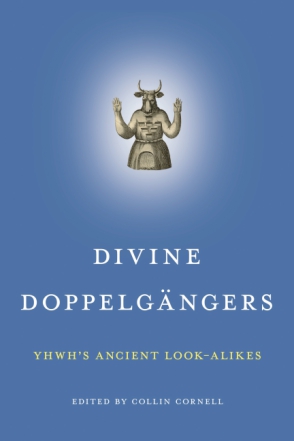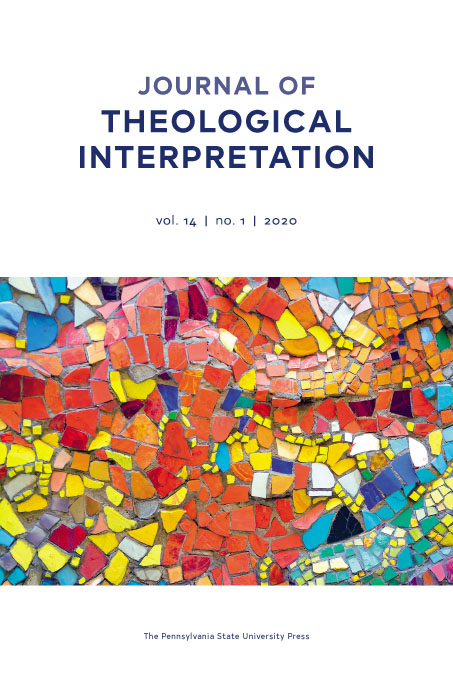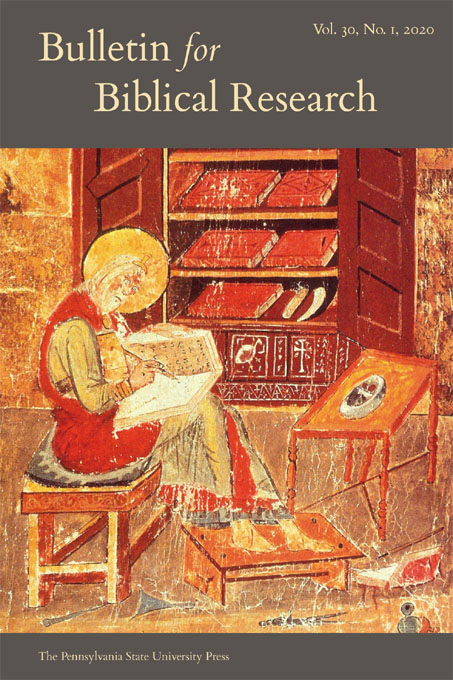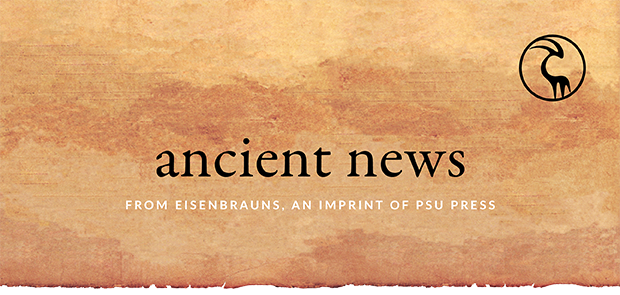
in this issue
general news
Welcome to the May issue of Ancient News!
This issue of Ancient News features a Q&A with Collin Cornell, editor of Divine Doppelgängers: YHWH’s Ancient Look-Alikes. Scroll down to read the conversation about the book, which is now available in paperback!
We’re currently running a two-week sale on titles in our History, Archaeology, and Culture of the Levant Series. Use code HACL23 at checkout.
Enjoy!
two-week sale
Save up to 40% on select titles in our History, Archaeology, and Culture of the Levant Series. Use promo code HACL23 at checkout. Sale ends 5/21.
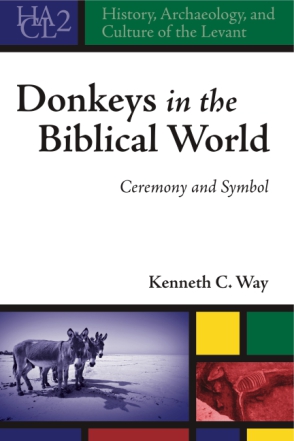
Donkeys in the Biblical World
Ceremony and Symbol
$59.95 $35.97
In this volume, Kenneth Way explores the role of donkeys in the symbolism and ceremonies of the biblical world. His study stands alone in providing a comprehensive examination of donkeys in ancient Near Eastern texts, the archaeological record, and the Hebrew Bible. Way demonstrates that donkeys held a distinct status in the beliefs and rituals of the ancient Near East and especially Canaan-Israel.
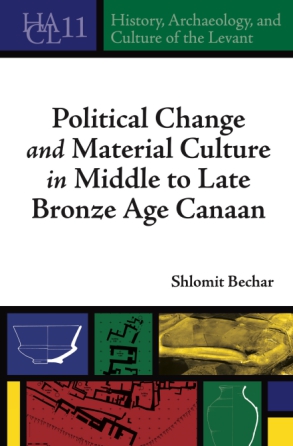
Political Change and Material Culture in Middle to Late Bronze Age Canaan
$149.95 $89.97
“Bechar has undertaken an in-depth study of the ceramics at Hazor and put its assemblage in dialogue with those of surrounding settlements, which will be extremely useful for archaeologists working in the region. This study allows her to make important conclusions—such as the fact that pottery shapes at Tel Arqa in the LB II become less similar to those in the Southern Levant and more similar to those of the Northern Levant. In border zones where allegiances fluctuate, this kind of ceramic shift may represent one of the few available ways to understand political shifts at the time.”—Ellen Morris, author of Ancient Egyptian Imperialism
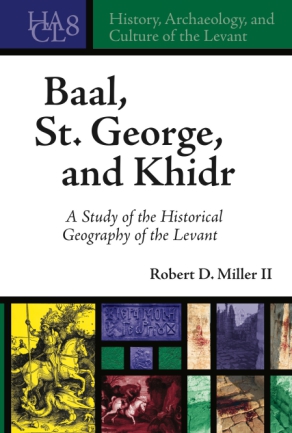
Baal, St. George, and Khidr
A Study of the Historical Geography of the Levant
$80.95 $48.57
Combining art history, theology, and archeology, this multidisciplinary study demystifies the identity of St. George in his various incarnations, laying bare the processes by which these identifications merged and diverged. Miller traces the origins of this figure in Arabic and Latin texts and explores the possibility that Middle Eastern shrines to St. George lie on top of ancient shrines of the Canaanite storm god Baal. Miller examines these holy places, particularly in modern Israel and around Mount Hermon on the Syrian-Lebanese-Israeli border, and makes the convincing case that direct continuity exists from the Baal of antiquity to the St. George/Khidr of Christian lore.
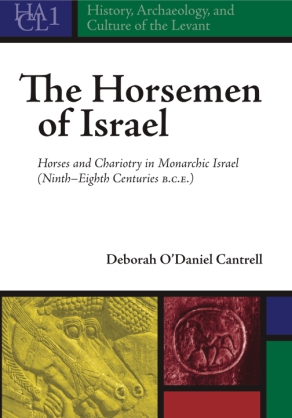
The Horsemen of Israel
Horses and Chariotry in Monarchic Israel (Ninth-Eighth centuries B.C.E)
$42.95 $21.48
Almost every book in the Hebrew Bible mentions horses and chariots in some manner, usually in a military context. However, the importance of horses, chariots, and equestrians in ancient Israel is typically mentioned only in passing, if at all, by historians, hippologists, and biblical scholars. When it is mentioned, the topic engenders a great deal of confusion.
new books
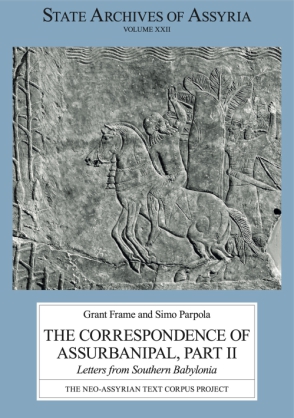
The Correspondence of Assurbanipal, Part II
Letters from Southern Babylonia
Edited by Grant Frame and Simo Parpola
The present volume completes the critical edition of the political correspondence of Assurbanipal, the first part of which was published in SAA 21. The 163 letters edited here were sent from southern Mesopotamia and Elam, mostly by governors or other high-ranking local administrators and military commanders.
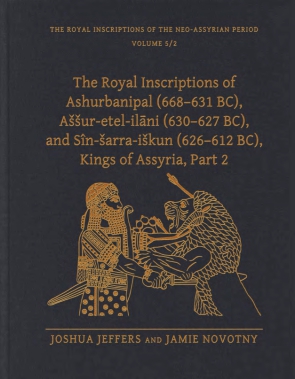
The Royal Inscriptions of Ashurbanipal (668–631 BC), Aššur-etel-ilāni (630–627 BC), and Sîn-šarra-iškun (626–612 BC), Kings of Assyria, Part 2
Joshua Jeffers and Jamie Novotny
This second volume of Joshua Jeffers and Jamie Novotny’s new and updated editio princeps of the inscriptions of the Neo-Assyrian king Ashurbanipal provides reliable, up-to-date editions of 169 historical inscriptions of this seventh-century BC ruler, including all such texts known from clay tablets and presumed from Kuyunjik, the citadel mound of the Assyrian capital Nineveh.
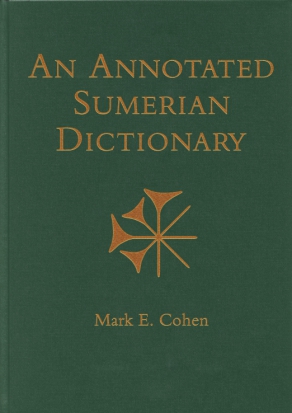
An Annotated Sumerian Dictionary
Mark E. Cohen
Sumerian was the first language to be put into writing (ca. 3200–3100 BCE), and it is the language for which the cuneiform script was originally developed. Even after it was supplanted by Akkadian as the primary spoken language in ancient Mesopotamia, Sumerian continued to be used as a scholarly written language until the end of the first millennium BCE. This volume presents the first comprehensive English-language scholarly lexicon of Sumerian.
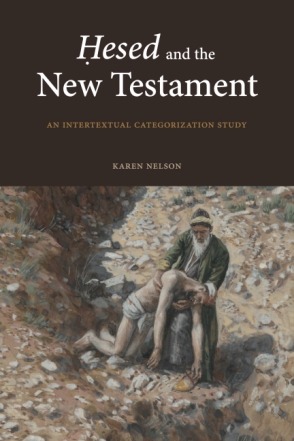
Ḥesed and the New Testament
An Intertextual Categorization Study
Karen Nelson
In press!
Ḥesed (steadfast love, loyalty, devotion) denotes an important concept in the Hebrew Bible that is relevant to interpersonal relationships in every generation. In this book, Karen Nelson investigates New Testament approaches to that concept and the exegetical value of recognizing such engagement.
author q&a
Collin Cornell, the editor of Divine Doppelgängers: YHWH’s Ancient Look-Alikes, joined us for a Q&A to discuss the current field of biblical research and how he anticipates his research will influence the field.
Can you tell us about your current research, and how you became interested in the topic?
What I am working on now is a book-length project on Hellenistic Levantine traditions. In some respects, it is a true sequel to Divine Doppelgängers: it examines divine look-alikes to the biblical god, only in a later era, not the Iron Age but the Hellenistic period (the same time when Judaism and Christianity crystallized). Unlike Doppelgängers, however, this book is less engaged with theological questions. Its contribution is more historical—and taxonomic. It seems to me that these Levantine traditions disrupt frameworks that scholars commonly bring to religious phenomena of this period. They are neither “pagan” nor “Jewish,” yet also more specific than just “Mediterranean” or “Hellenistic Near Eastern.”
How do you anticipate your research will help inspire other research in the field?
I hope that my research participates in a larger “moment” in the field of biblical studies. I see it especially in New Testament / Early Christianity, though also in the burgeoning area of Samaritan Studies, and it consists in: a re-visitation of the basic orienting categories and a fresh historiographical commitment to embedding “biblical” traditions more richly into their ancient environments. Examples would include the “Paul within Judaism” school and its newer initiative, of “Paul within paganism.” I want to re-position Judaism (and early Christianity) not into “paganism” at large but rather into “Hellenistic Levantine cults,” a category that encompasses Judaism and Samaritanism as well as “Idumaism,” “Moabitism,” and maybe Hellenistic Phoenician practice.
Is there any research coming from newer scholars in the field that particularly excites you?
Yes! I have my eye on a number of younger scholars who are protégés and pupils of more established figures in Early Christian Studies such as Paula Fredriksen, Matthew Novenson, and Matthew Thiessen. I also try to keep up with what is happening in Samaritan Studies, into which the younger scholar Matthew Chalmers is making some significant interventions. And: only last year Blackwell published A Companion to the Hellenistic and Roman Near East, which is to me a sign of renewed momentum in that area. Finally, too, several younger scholars are involved in the Mapping Ancient Polytheisms project (full disclosure: I am one!), whose publications promise to re-shape and re-invigorate ancient Mediterranean studies more broadly.
Order Divine Doppelgängers: YHWH’s Ancient Look-Alikes, now available in paperback, here. Save 30% with promo code NR23.
new from psu press
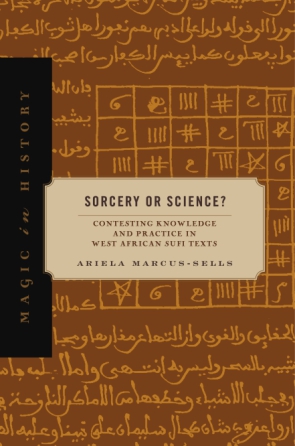
Sorcery or Science?
Contesting Knowledge and Practice in West African Sufi Texts
Ariela Marcus-Sells
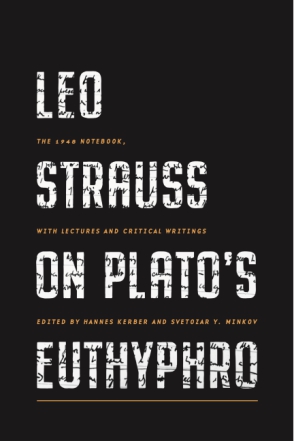
Leo Strauss on Plato’s Euthyphro
The 1948 Notebook, with Lectures and Critical Writings
Edited by Hannes Kerber and Svetozar Y. Minkov
| Control your subscription options |
